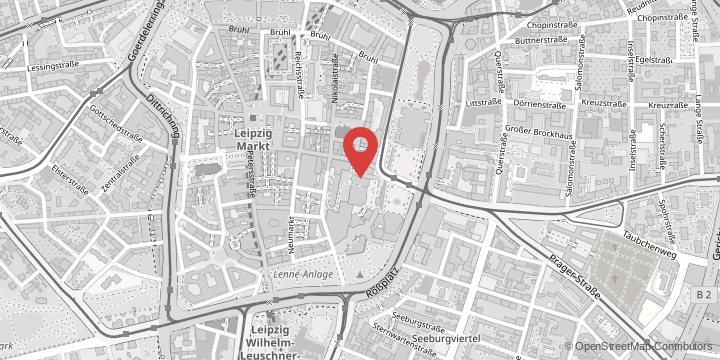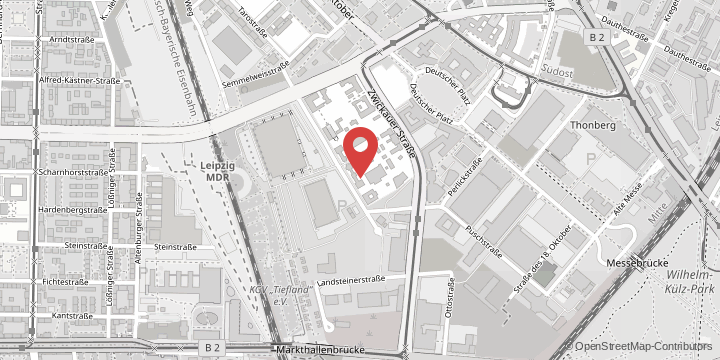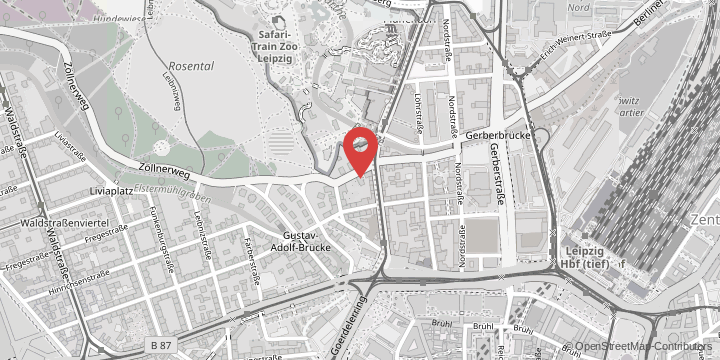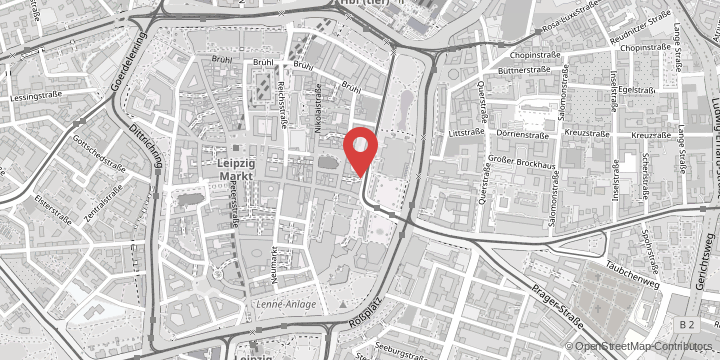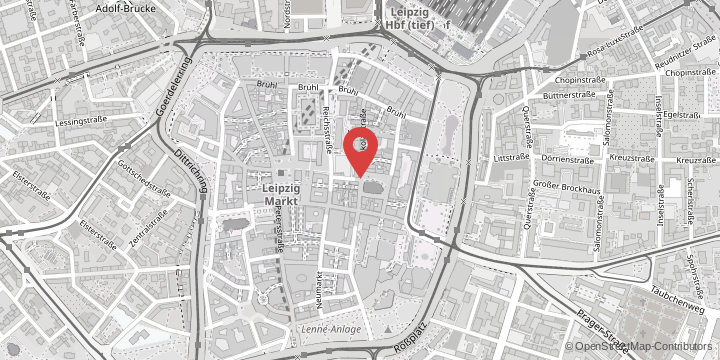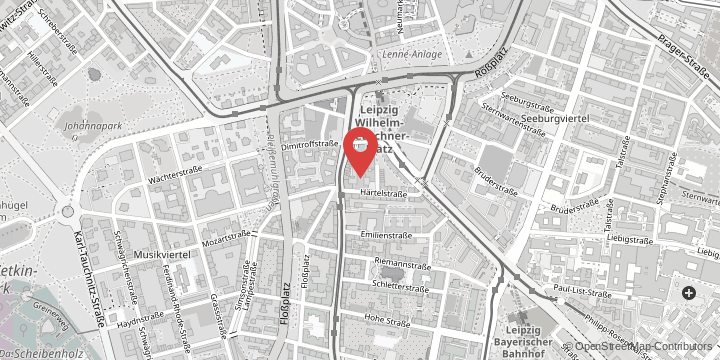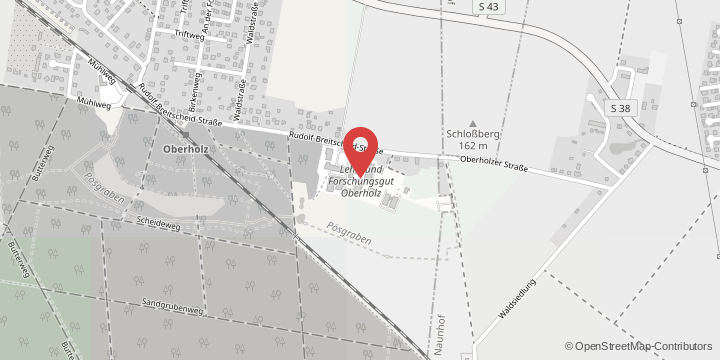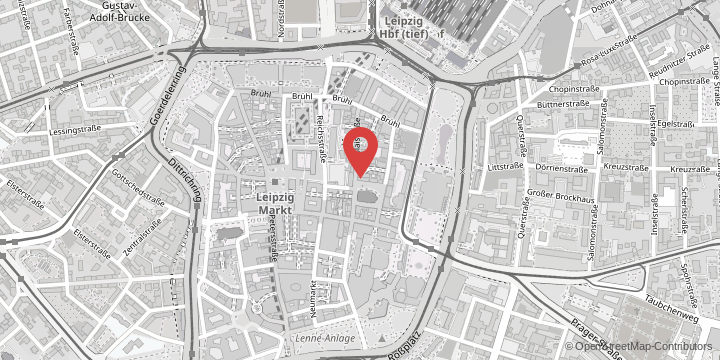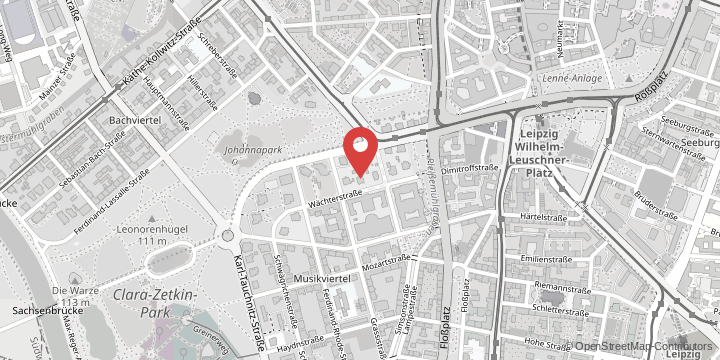Focus on climate attribution
Sebastian Sippel, recent winner of the Heinz Maier-Leibnitz Prize, is fully committed to climate attribution research. The 36-year-old’s work revolves around the question of how extreme weather events – such as the increasing frequency of heatwaves and droughts – are influenced by climate change, and what the consequences are. He is investigating how models represent these extreme events and whether they can adequately simulate reality: “In recent years we have seen record-breaking heat events. This raises questions: Should we prepare for more intense heatwaves? And how well can our models depict such events?”
There is no doubting the importance of this research. The better we understand how climate change contributes to these extreme events, the better we can prepare for them and take action. Sebastian Sippel is particularly interested in better understanding the impact of these extreme events on human life and the environment. “Climate change is affecting daily weather patterns around the world – this is not a future prediction, it is already a reality,” he says. His work at Leipzig University combines climate physics with ecosystem analysis, helping to understand the complex interactions between weather extremes and climate change.
Forests in a changing climate
Ana Bastos, who joined the Institute for Earth System Research and Remote Sensing at Leipzig University in May 2024, brings an entirely new perspective to the discussion. Her research focuses on the bidirectional interactions between the land surface and the atmosphere. The impact of climate extremes on ecosystems, especially forests, is of particular interest to her. “Forests are key carbon reservoirs. However, extreme events such as drought, insect infestation and forest fires are putting these reservoirs under enormous stress. This could put climate protection at risk in the long term,” Ana Bastos explains. Her research shows that under extreme drought conditions, forests release more carbon than they are able to store – a vicious circle that could further exacerbate the climate crisis.






